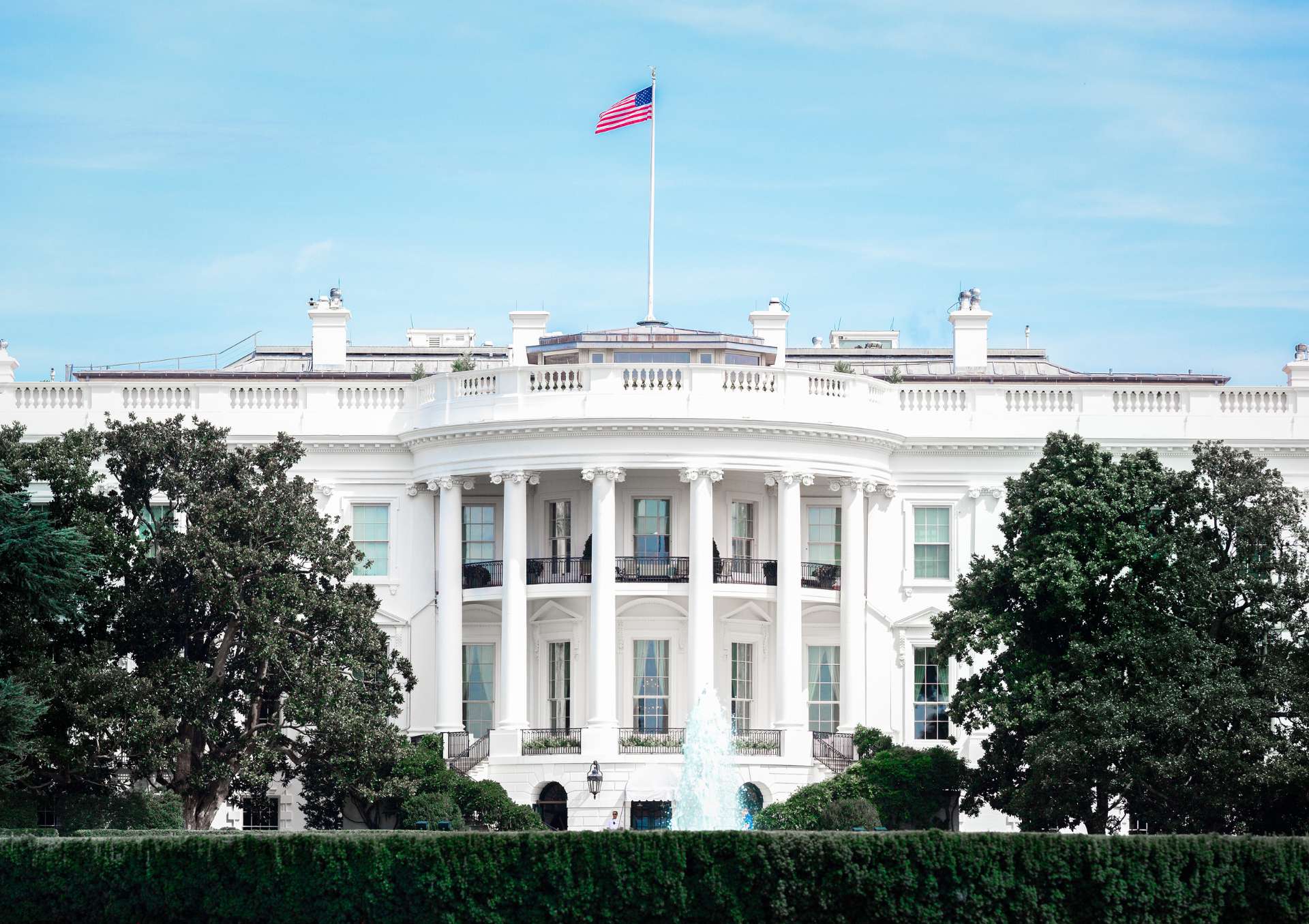
To mark World Hepatitis Day 2024, we asked our guest author, Dr Roberta Sarno of the APAC Liver Disease Alliance, to share her thoughts on the current status of the hepatitis epidemic in the Asia-Pacific region and which concrete actions can be taken to turn the tide.
Every year on 28 July, the world unites to observe World Hepatitis Day, a crucial occasion to raise awareness about viral hepatitis and its profound impact on global health. This year’s theme, “It’s Time for Action,” underscores the urgency of eliminating hepatitis as a public health threat. Viral hepatitis continues to pose significant challenges, contributing to severe liver diseases and liver cancer. This day is an essential reminder of the ongoing battle against this silent epidemic.
The silent epidemic of viral hepatitis
Viral hepatitis, often asymptomatic in its early stages, can progress unnoticed for years. Chronic Hepatitis B and C infections are major precursors to liver cirrhosis and hepatocellular carcinoma (HCC), the most common form of liver cancer. According to the latest WHO data, an estimated 304 million people live with chronic hepatitis B and C globally, leading to approximately 1.3 million deaths annually due to complications like liver cirrhosis and liver cancer. Every day, 3,500 people die because of hepatitis B or C, which translates to nearly 150 deaths every hour. Alarmingly, data shows that these deaths are increasing.
Despite these staggering statistics, awareness and understanding of hepatitis remain low, contributing to underdiagnosis and inadequate treatment. On World Hepatitis Day, it’s crucial to highlight the importance of accelerating action on optimal hepatitis prevention, timely diagnosis, and effective treatment to curb its progression and related complications.
The hepatitis challenge in the Asia-Pacific region
The Asia-Pacific (APAC) region bears a disproportionate burden of hepatitis and liver cancer. Home to 60% of the global population, APAC accounts for 63% of worldwide deaths from liver diseases. Hepatitis B and C are endemic in many APAC countries, leading to a high incidence of HCC, which accounts for 73% of global liver cancer cases.
Stigma and discrimination associated with hepatitis in APAC hinder many individuals from seeking diagnosis and treatment, perpetuating the cycle of infection and disease progression. Alarmingly, over 80% of HCC cases in APAC are diagnosed at advanced stages, where treatment options are limited, and survival rates are low.
Steps towards a healthier future
In light of these challenges, a multifaceted approach is essential to combat hepatitis and other liver diseases effectively.
Key strategies include:
- Integrating hepatitis and HCC prevention: Understanding the continuum of liver disease is critical. By integrating hepatitis prevention, testing, and treatment into broader health strategies, we can significantly reduce the consequences of hepatitis infection. Early detection and intervention are paramount to preventing severe liver diseases and associated deaths and improving patient outcomes.
- Emphasising prevention and continuum of care: Most liver diseases are preventable. Implementing robust public health policies to reduce risk factors can drastically lower the incidence of liver diseases. Vaccination programs for Hepatitis B, harm reduction strategies for injecting drug users, and public awareness campaigns are vital components of prevention.
- Raising awareness: Education and awareness are cornerstones in the fight against hepatitis. National campaigns, educational materials for healthcare providers, and public awareness initiatives can empower individuals to seek timely diagnosis and treatment. Reducing stigma through education can encourage more people to come forward for testing and care.
- Developing and implementing comprehensive national action plans: Developing and implementing comprehensive national action plans involves setting clear elimination goals and targets while actively tracking progress. It requires utilising resources to support budget-based planning and the implementation of localised strategies. These national action plans need to be funded under local budgets or through catalytic funding to kickstart initiatives. Additionally, establishing a national steering committee is essential to monitoring progress toward elimination targets.
- Securing better funding: Governments can secure greater funding by integrating hepatitis and HCC into broader health initiatives and employing blended financing models. Framing funding as part of universal health coverage can help advocate for domestic resources. Additionally, global bodies can leverage catalytic funding to start programs through micro-elimination strategies.
The white Paper “Eliminating Asia’s Silent Emergency: Hepatitis and Hepatocellular Carcinoma” provides more details.
A call to action
The APAC Liver Disease Alliance facilitates strategic partnerships among stakeholders in the ecosystem, including Ministries of Health, policymakers, funders, healthcare companies, physicians, caregivers, NGOs and patients. By working together, they aim to ensure that recommendations are implemented and address the challenges faced. The Alliance recently organized a series of policy roundtables to discuss successes, challenges, and the way forward to achieve hepatitis elimination in various APAC countries. As a next step, the Alliance will convene a regional forum in October to bring together policymakers, clinicians, patients, and expert organizations to collaboratively address the challenges posed by hepatitis and HCC in the APAC region.
Organizations like The Hepatitis Fund and the APAC Liver Disease Alliance play pivotal roles in fostering strategic partnerships, raising awareness, and advocating for better policies and funding. By breaking down silos and promoting collaboration across different health stakeholders and countries, we can make significant strides in eliminating viral hepatitis and reducing the burden of liver diseases.
On this World Hepatitis Day, let’s commit to accelerating efforts towards hepatitis elimination. By connecting the dots between hepatitis and liver cancer, enhancing awareness, and fostering global collaboration, we can pave the way for a future free from the heavy burden of liver diseases. Hepatitis can’t wait—our actions today will shape a healthier tomorrow.

Dr Roberta Sarno
Roberta is a global health advisor passionate about tackling the most pressing health challenges through collaboration. With 14 years of experience in the healthcare sector across APAC, Europe, and the US, she has played pivotal roles in shaping digital health education and policies in the Asia-Pacific. She worked as the digital health director at the Asia Pacific Medical Technology Association (APACMed) in Singapore, senior consultant and business development manager at Alcimed in Paris, and genetic engineering researcher at the Curie Institute in Paris. Roberta holds a PhD in Genetics from the Sorbonne University of Paris, a business background from INSEAD, and is currently pursuing a master’s in Global Health Policy at the London School of Hygiene & Tropical Medicine. Her expertise spans digital health, health technologies, global health policy, infectious disease control, non-communicable disease management, and health systems strengthening.


